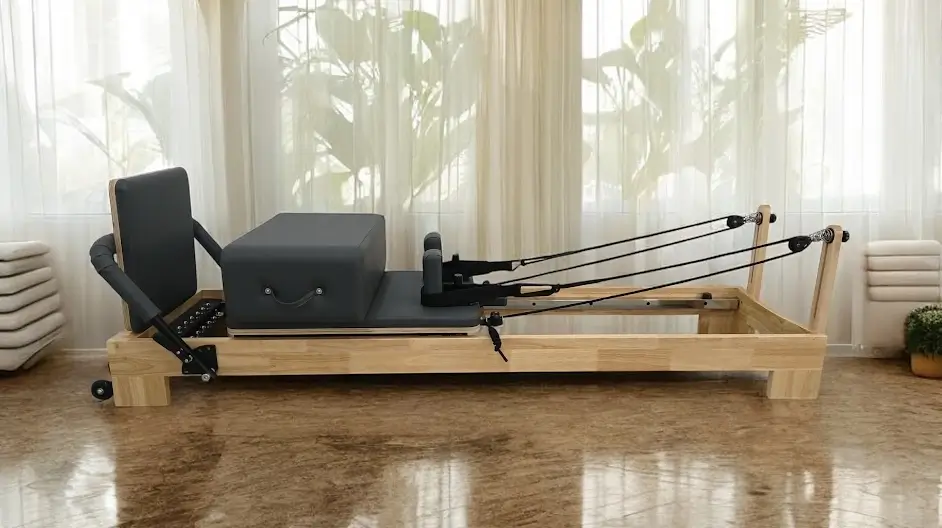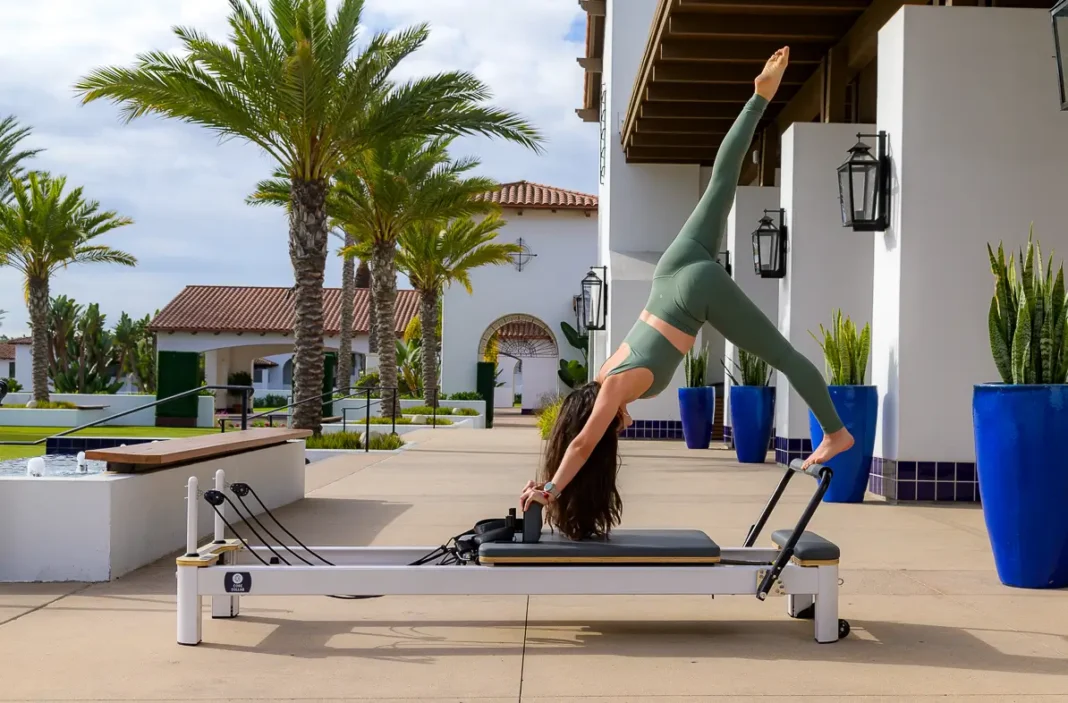Stress rarely stays in the mind. It slips into the body. You can feel it in your shoulders, neck, or jaw. It shows up in headaches. Shallow breathing. That weird but tired feeling after a long day.
Modern stress does not always explode. Most of the time, it just lingers. Quiet. Background noise you learn to ignore. But the body keeps score. And without a way to release that tension, it builds up fast.
This is where conscious movement can make a real difference.
The Mind and Body Talk Constantly
Your brain and body are always in conversation. When one is out of balance, the other feels it.
A racing mind often leads to physical tension. But that works in reverse too. When the body calms down, the mind follows.
Low-impact, focused exercise is one of the best ways to support that shift. It gently brings the nervous system out of fight-or-flight mode and into a more restful state. This is what conscious movement does best. It teaches the body and mind to slow down together.
Why Breath Control Matters More Than You Think
Most people breathe shallowly when stressed. It becomes automatic. Quick. Tight.
Conscious training brings attention back to the breath. You learn to move and breathe together. That rhythm helps regulate your nervous system. It reduces cortisol. It improves oxygen flow. It signals to your body that you are safe.
On a reformer, this connection is even stronger. Each controlled movement matches a breath pattern. You inhale with length. Exhale with control. That rhythm grounds the mind.
Harvard Health explains that breath control plays a key role in calming the body’s stress response.
Over time, this practice carries into everyday life. You become more aware of when tension builds, and how to release it through movement and breath.
Building Emotional Resilience Through the Body
Resilience is not just a mindset. It is physical, too.
A stronger, more balanced body supports a calmer mind. Conscious movement improves coordination and body awareness. But it also improves how you handle frustration, setbacks, and stress.
It teaches patience. It teaches persistence. And it creates space between reaction and response.
By regularly practicing that kind of presence in training, your brain rewires. You learn to stay calm under pressure. You learn how to reset quickly when things feel off.
And that, in the long run, is what builds true emotional strength.
Not All Workouts Help the Brain
Lots of workouts make you sweat. Not all of them make you feel better after.
Some training styles raise cortisol, the stress hormone, even more. That might be fine when you are well-rested and energetic. But if you are already anxious or burned out, intense sessions can backfire. They push the body harder instead of helping it recover.
This is why slower, low-impact workouts are gaining popularity. They still build strength. They still challenge the body. But they do it in a way that supports focus and calm.
The Rise of Conscious Exercise
Conscious movement is all about control, not chaos. It focuses on posture, breath, and alignment. It pulls your attention into the body and away from noise in your head.
Pilates is one of the clearest examples of this approach.
A pilates reformer adds resistance and structure to each session. This helps guide movements and engage muscles without the impact of jumping or running. The body works hard, but it stays calm while doing it.
These machines are used by athletes, dancers, and physical therapists. Why? Because they train both strength and awareness.

It Builds Focus From the Ground Up
Every rep requires control. Every breath matters. That focus is a key part of the mental benefit.
The more attention you give to your body, the less energy your brain spends on worry. You start to move with purpose. You notice small changes, how you hold tension, how you breathe, where your weight sits.
This type of training builds self-awareness in the most practical way. And over time, it improves mental clarity too.
Why This Works for Stress and Mood
There is real science behind it.
Pilates-based routines activate the parasympathetic nervous system. That is the part of your body responsible for rest and repair. Activating it helps bring your heart rate down. It quiets the brain. It softens anxiety.
Mayo Clinic found that participants who did regular Pilates reported lower stress levels, better focus, and improved emotional control.
And unlike many forms of exercise, people often finish a session feeling more balanced, not more exhausted.
Training That Feels Like Therapy
Movement can be therapy when done with intention. It becomes a quiet way to release emotion. A space to return to the body after a day of distractions.
For some, it feels like meditation in motion. There is no need to sit still or clear your mind. You just need to show up and move with care.
The structured design of a pilates reformer helps make that easier. It creates a natural rhythm and flow, which can be grounding during times of stress.
Everyday Mental Health Starts With the Body
You do not need to spend hours at a gym. Even short sessions of conscious movement can help.
Here are three simple ways to start:
- Do 10 minutes of core-based breathwork on a reformer before work
- Use movement to transition out of the workday instead of checking your phone
- Set up a routine with 2–3 low-impact sessions per week
These small changes add up. They help you reset. They help you stay grounded. They give your body a chance to let go of what your mind is holding onto.
Wellness Is About More Than Productivity
In today’s culture, even wellness can start to feel like a checklist. Another task. Another goal to hit.
But the real win is not doing more, it is learning how to feel better without burning out.
Conscious training gives you that space. It is not about speed. It is not about power. It is about reconnecting to the present. Training your body to move with intention. Giving your mind permission to rest while your muscles work.
And when used consistently, it becomes more than exercise. It becomes a practice that supports your mental clarity and emotional balance day after day.




